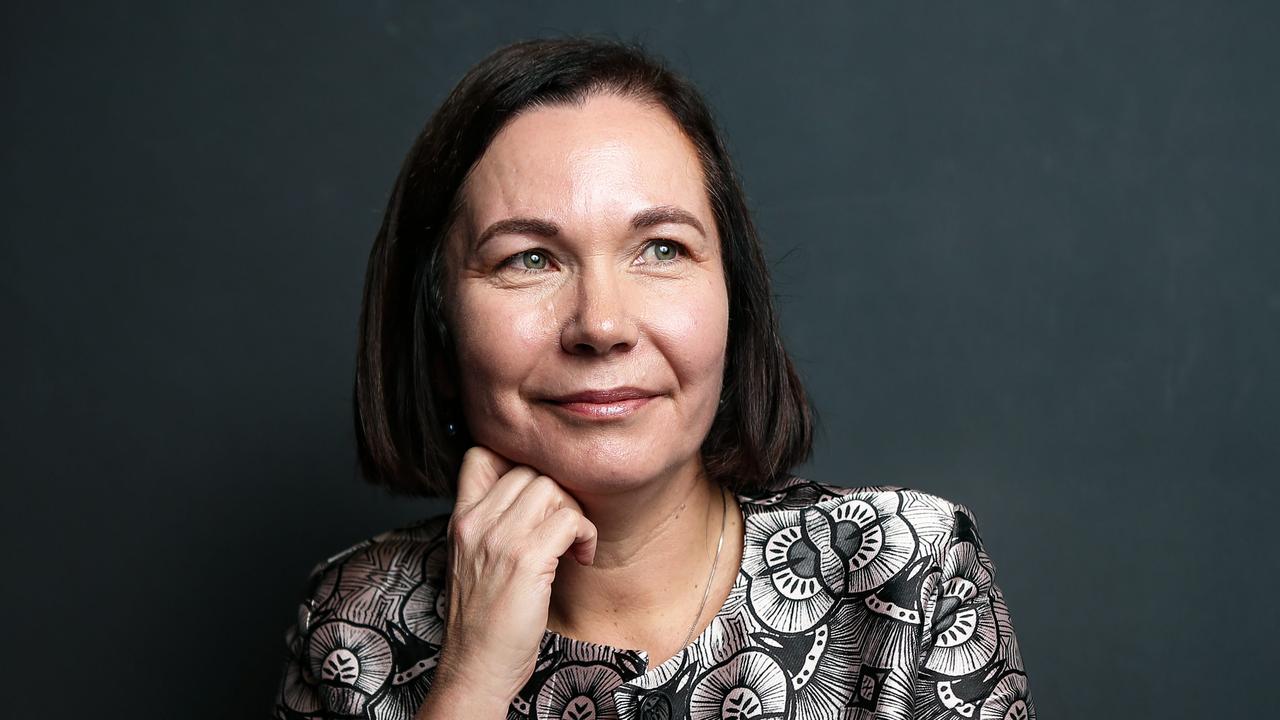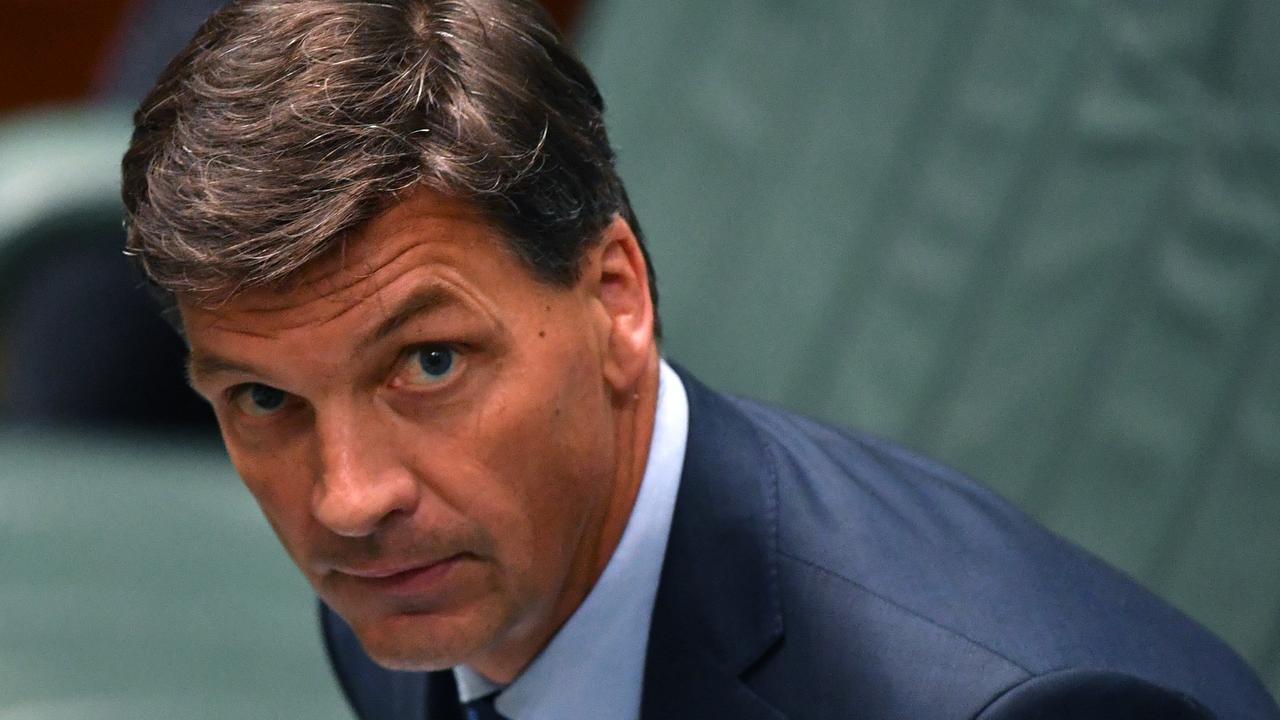Social cost of boom needs to be faced
IT is quite possible to be alarmed at the rapid expansion of mining and exploration into Australia's food production basins.
IT is quite possible to be alarmed at the rapid expansion of mining and exploration into Australia's food production basins and high-population areas without being anti-growth or even anti-fossil fuels.
The heightening tensions from central Queensland to rural Victoria over the rush for coal-seam gas and new coalmines are about issues much closer to home.
These are about the rights of property owners to occupy and enjoy their land and the nation's long-term interests in where it gets its food.
Certainly this is a NIMBY (not in my backyard) dispute.
But with the global thirst for energy and the new techniques to get gas from coal seams hundreds of metres below ground, this has pretty much become an issue of everyone's backyard. With coal-seam gas there is in reality no end to where the drilling rig might arrive to prospect.
Apart from privacy, there are also environmental questions, such as the potential impact of huge volumes of saline water that will rise to the surface along with the gas, and the invasive nature of access roads and pipeline corridors.
The co-existence of mining and property rights is not new -- but the emergence of coal-seam gas has clearly changed the scale.
So, to what extent is it reasonable that the crown's ownership of the mineral rights gives exploration companies carte blanch to pull rank on freehold property owners who simply want to be left alone? As it is, these land holders are looking to the veto rights already given to property owners in Western Australia.
In Queensland, farmers argue that the state government has a conflict of interest because it regulates the land-access regime and profits from the collection of royalties from the production of oil and gas.
The nation's peak farm group says it is short-sighted to risk hundreds of years of future food production in some of the world's most fertile areas, such as the Liverpool Plains in NSW and Darling Downs in Queensland, in return for a few decades of gas production.
These issues have been compounding for almost a decade but are only now starting to come to a head as the drilling intensifies and the heat of mining boom II builds.
The amount of gas already sold under long-term contract from Queensland's coal-seam gas reserves means this is going to be a long-term conflict. Tens of the thousands of gas wells must be drilled and thousands of kilometres of pipeline laid.
Queensland Premier Anna Bligh has already said that for the coal-seam gas projects to falter would have devastating consequences for the state budget -- the money has already been spent. But is this enough reason to cut corners with the environment or best interests when it comes to agriculture or the social fabric of rural Australia?
In Western Australia tensions from the galloping minerals boom are just as pressing despite being entirely different.
The concerns are both environmental -- in the case of the Kimberley -- and social.
WA's huge offshore gas developments do not require the widespread onshore drilling that is causing so much concern with coal-seam gas and open-cut coal on the eastern seaboard. But the financial pressures of building infrastructure to produce, process and export it is causing inflationary pressures for anyone not directly involved.
Low-skilled workers may be earning up to $200,000 a year for menial tasks but rents are $3000 a week in the Kimberley and other businesses simply cannot afford to get staff.
However, there are undoubtedly nationwide benefits from mining and state governments need to show how the benefits of such rapid minerals development outweigh the costs.
Much good work has clearly been done to acknowledge the rights of indigenous stakeholders in areas where mining projects are proposed, but not enough attention has been paid to the widespread social costs of the mining boom mark II.



